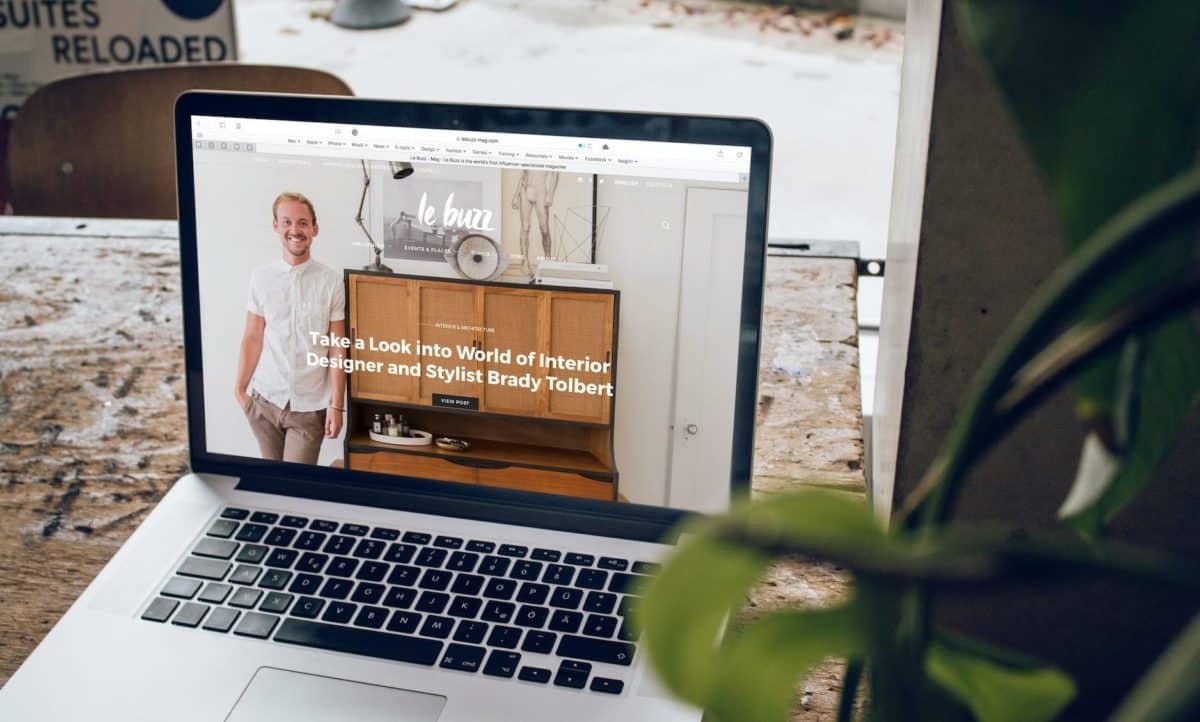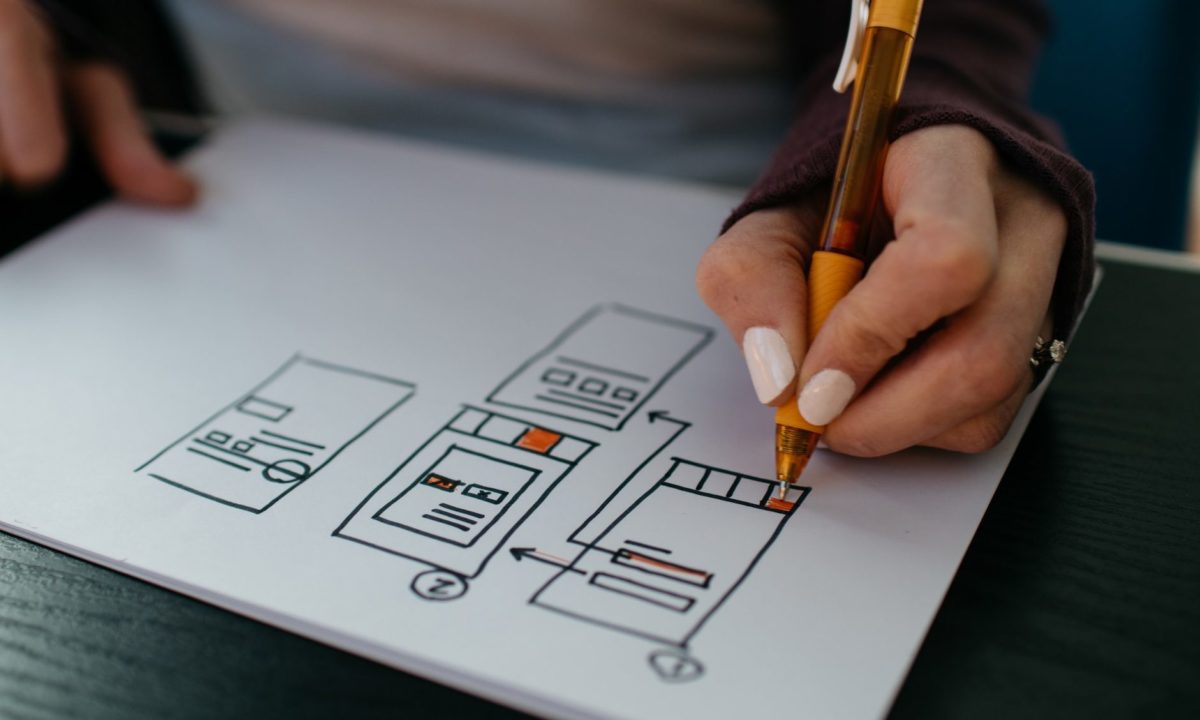Colour psychology is the study of how colour affects human behavior and emotions. When it comes to website design, choosing the right colours can have a big impact on how visitors perceive and interact with your site.
Here are some tips for using colour psychology in your website design:
Consider Your Brand Identity
Choose colours that align with your brand identity. The colours you use on your website should reflect your brand values and personality. For example, if your brand is fun and energetic, you might use bright, vibrant colours. If your brand is more professional and serious, you might use more muted, subdued colours.
It’s important to establish a consistent colour palette that reflects your brand and use it consistently across all marketing materials, including your website.
Understand The Meanings Of Different Colours
Different colours can evoke different emotions and associations. For example, red is often associated with passion and energy, while blue is associated with calm and trustworthiness. Green is often associated with nature and growth. Yellow can be cheerful, but it can also be overwhelming in large doses. Purple is often associated with luxury and creativity.
Consider the associations and emotions that different colours evoke, and choose colours that align with your brand and the message you want to convey.
Use Colour To Create Contrast
Use colour to create visual interest and draw the eye to important elements on your website. For example, you might use a bold, contrasting colour for your call-to-action buttons to make them stand out. You can also use colour to create a hierarchy, making certain elements more prominent than others. Just be sure to use colour contrast effectively, as low contrast can make your website difficult to read for some users.
Be Mindful of Colour Combinations
Some colour combinations can be jarring or difficult to read. Avoid using colours that are too similar or that clash with each other. Instead, try using complementary colours (colours that are opposite each other on the colour wheel) or analogous colours (colours that are next to each other on the colour wheel). These colour combinations tend to be harmonious and pleasing to the eye.
You can also use a tool like Adobe Colour to find colour combinations that work well together.
Final Thoughts
By using colour psychology in your website design, you can create a more cohesive and effective design that resonates with your target audience. Proper use of colour can help to convey your brand identity, create visual interest, and guide users to important elements on your site.
However, it’s important to be mindful of the meanings and associations of different colours, as well as how they work together in combination. Be sure to test your colour choices on different devices and with different audiences to ensure that they are effective.
With careful consideration of colour psychology, you can use the power of colour to influence how visitors perceive and interact with your website.



